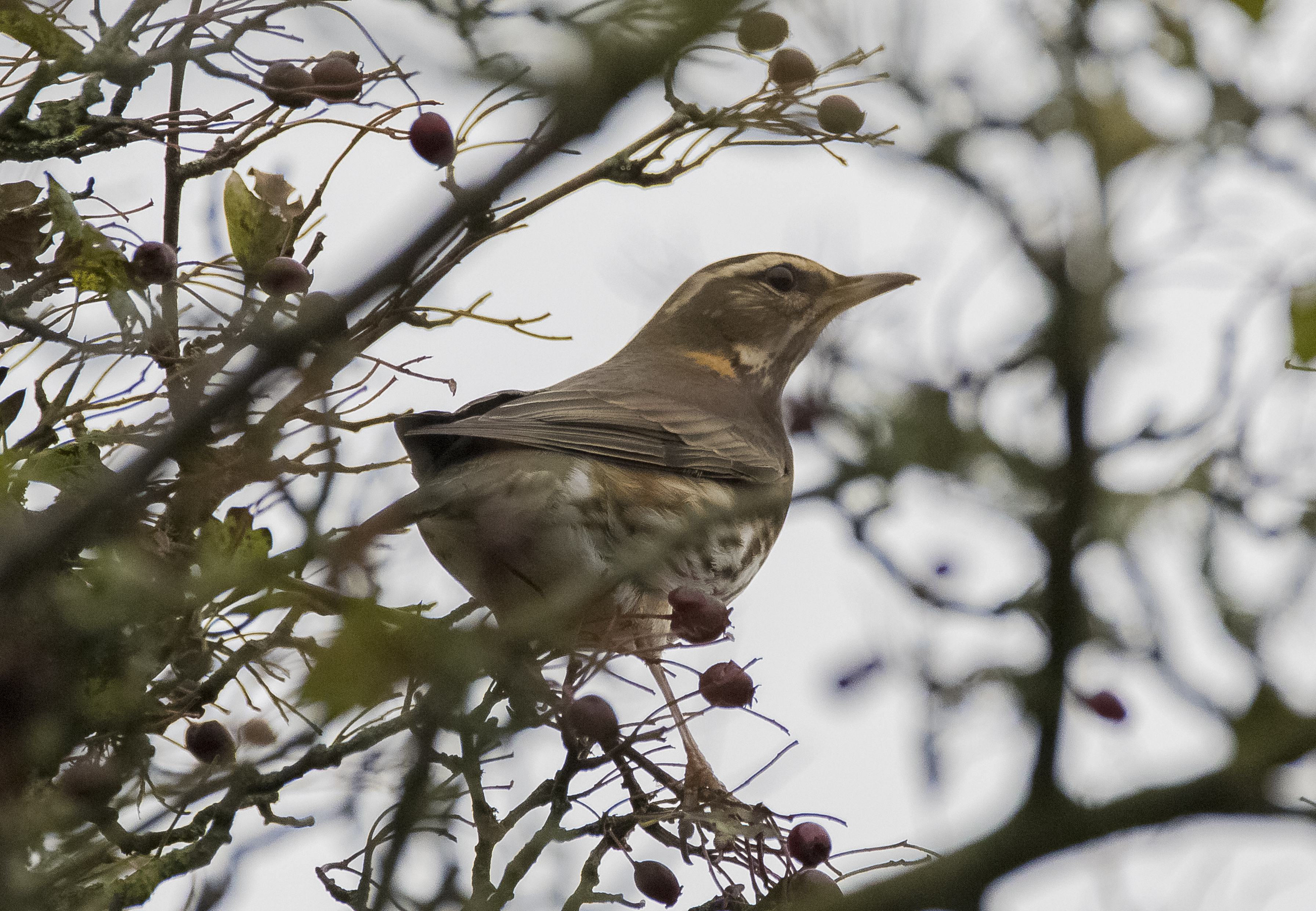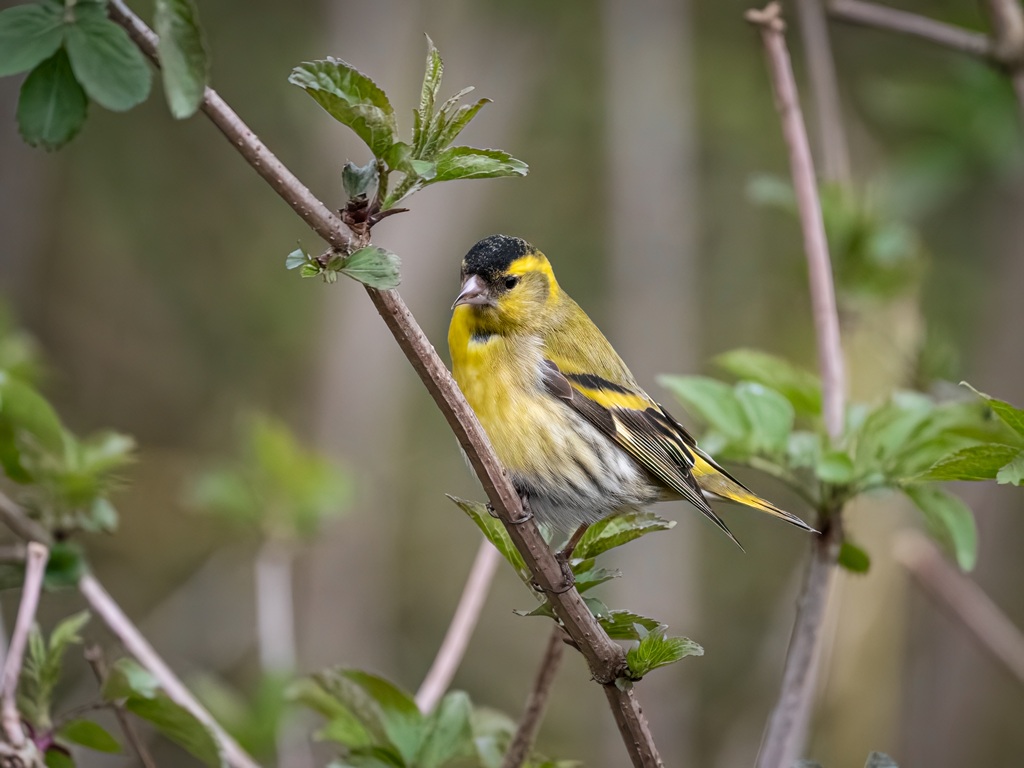Wildlife sightings for 26th October 2014
1 Bittern - W end of main lake.
3 Stonechat - 2f, 1m, grazing marsh
2 Mandarin - world wetlands
Please note that as British Summer Time has ended, the Summer Route is now closed and the Centre will close at 5:00 p.m.
October bird highlights: Bittern, Hobby, Buzzard, Jack Snipe, Green Sandpiper, Greenshank, Redshank, Dunlin, Yellow Wagtail, House Martin, Swallow, Ring Ouzel, Water Pipit, Rock Pipit, Stonechat, Whinchat.
With autumn migration well underway this is a great time of year to find some exciting migrants. Summer birds like Chiffchaff, Whitethroat and Blackcap are leaving their breeding territories on site, while other summer visitors such as Wheatear, Whinchat, Yellow Wagtail, Swallow, Common Sandpiper and Redstart are passing through from other parts of the country heading southwards. At the same time there’s wildfowl like Shoveler, Wigeon and Snipe arriving or passing through to spend the winter here. Any species of migrant wader could turn up now, recent species this autumn including Ruff, Whimbrel and Greenshank. September and October generally turns up some more unusual or rarer birds so keep watching the scrub, scrapes and marsh for something a bit special this month. The marsh or wader scrape are good bets for Jack Snipe and Common Snipe. Pipits and Chats are best searched for on the marsh fields and banks.
Butterflies: Small Copper (17th Sept), Meadow Brown, Speckled Wood, Large White, Red Admiral.
Dragonflies and damselflies: Common Blue Damselfly, Ruddy Darter, Migrant Hawker, Large Red Damselfly, Common Darter, Southern Hawker.
Fungi: Blackening Waxcap, Hare’s-foot Inkcap, Shooting Star (an amazing minute 2-3 mm macro-fungus found on woodchip on site), Garland Roundhead (this uncommon London species is appearing again in grassland on South Route and Sandy Bank), Redlead Roundhead (this striking woodchip fungus is just starting to appear along South Route), Yellowing Knight, Sweet Poisonpie, Funeral Bell (small specimens arising from woodchip along South Route), Red-edge Brittlestem (associated with the woodchip in flowerbeds along South Route), Rootlet Brittlestem (woodland edge besides Log Pile Garden on South Route), Common Cavalier (a few individuals popping up along wooded path edges of South Route), Fluted Bird’s-nest (car park woodchip in the vicinity of the bus roundabout).
Reptiles: Last survey of the year: 31 juvenile slow worm with 13 adult females and one adult male.



